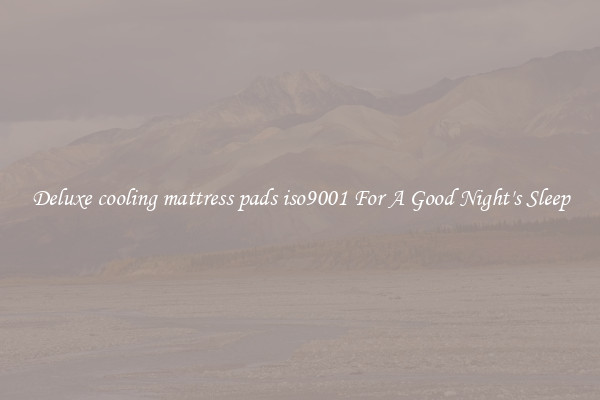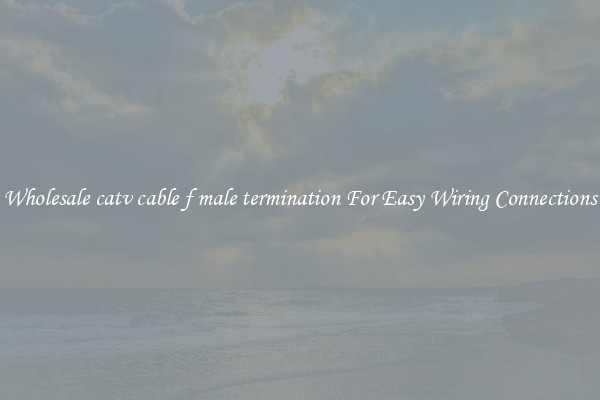infant sleep positioner, infant sleep positioner Suppliers and Manufacturers
Infant sleep positioners are devices designed to help keep babies in a specific position while they sleep. They are often used to prevent infants from rolling onto their stomachs or sides during sleep, which is associated with an increased risk of Sudden Infant Death Syndrome (SIDS).

These sleep positioners are typically made of foam wedges or bolsters that are placed on either side of the baby to keep them in a supine (back) sleeping position. They are primarily used for babies who have difficulty staying on their backs or need support due to reflux or other health conditions.
There is a wide range of infant sleep positioner suppliers and manufacturers in the market, providing various options to cater to the different needs of parents and caregivers. These suppliers and manufacturers are responsible for designing and producing safe and effective sleep positioners that comply with industry standards and regulations.
When choosing an infant sleep positioner, it is crucial to select a reputable supplier or manufacturer that prioritizes the safety and well-being of infants. Suppliers and manufacturers should conduct thorough research and testing to ensure their products meet safety requirements and do not pose any risks to babies.
Additionally, it is essential to look for certifications and accreditations such as the Juvenile Products Manufacturers Association (JPMA) seal, which indicates that the product has been independently tested for safety. Many well-known baby product brands offer sleep positioners that have undergone rigorous safety evaluations.
Moreover, suppliers and manufacturers should provide clear instructions for the use of sleep positioners, including proper placement and recommended age range. They should also educate parents and caregivers about the potential risks of using sleep positioners incorrectly or for babies who do not require them.
It is worth noting that while sleep positioners can be beneficial for some infants, they are not suitable for all babies. The American Academy of Pediatrics (AAP) recommends placing infants on their backs to sleep, on a firm, flat surface free from loose bedding, pillows, and blankets. This is the safest sleep position to reduce the risk of SIDS.
In conclusion, infant sleep positioners can be a helpful tool for babies who require additional support during sleep. Choosing a reputable supplier or manufacturer is crucial to ensure the safety and effectiveness of these devices. However, it is essential to remember that the safest sleep position for infants is on their backs, in a crib or bassinet free from any potential suffocation hazards. Always consult with healthcare professionals for guidance on the best sleeping practices for your baby.

View details

View details

View details

View details








